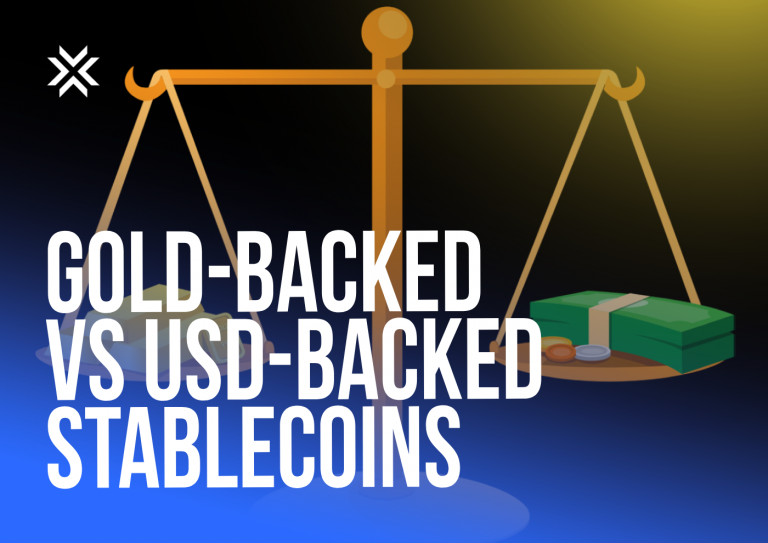What Is a Wrapped Token?
In order to enable tokens to function in an environment or blockchain other than their native one, they are encapsulated.
A wrapped token is a type of digital asset or cryptocurrency that is supported by another coin or asset, which is frequently one that is “wrapped” by or native to a specific blockchain or network. However, why are enclosed tokens significant?
Decentralized finance (DeFi) and cross-chain interoperability are two areas in which wrapped tokens are particularly advantageous. They facilitate user access to the diverse array of features and services offered by multiple blockchains by permitting effortless utilization of assets from one blockchain to another.
Wrapped tokens may represent nonfungible tokens (NFTs), cryptocurrencies, stablecoins, or even stablecoins, contingent on the specific use case and architecture of the wrapping mechanism.
Wrapped Bitcoin (wBTC), for instance, is a widely recognized example on the Ethereum network. What, however, is wrapped in Bitcoin? WBTC serves as a symbol for Bitcoin (BTC) and facilitates user-to-user communication with decentralized exchanges (DEXs) and Ethereum-based deFi protocols, all while safeguarding the intrinsic value and attributes of Bitcoin.
How Do Wrapped Tokens Work?
When collaborating with decentralized applications and deFi platforms that employ multiple blockchains, bundled tokens prove to be highly advantageous.
Here’s how wrapped tokens work:
Asset locking
To generate a wrapped token, a specific quantity of the native currency of one blockchain (such as Ethereum) is “locked” into a smart contract. A trusted entity or a decentralized autonomous organization (DAO) typically monitors this securing procedure. As collateral for the production of wrapped tokens, the secured native coin is utilized.
Issuance of wrapped tokens
Following the locking of the initial cryptocurrency, an equivalent quantity of wrapped tokens is generated or published on an alternative blockchain. For instance, the Ethereum blockchain introduces wBTC, which is a wrapped variant of Bitcoin. Unrestricted trading is permitted on these wrapped tokens, which serve as a substitute for the sealed native coin within the ecosystem of the second blockchain.
Types of Wrapped Tokens
In addition to wBTC and wETH, bundled tokens also include stablecoin equivalents and tokens that are specific to the blockchain.
By operating in accordance with specific blockchain configurations, wrapped tokens facilitate the consolidation of numerous assets into a singular ecosystem.
A prime example is wrapped Bitcoin, which is among the numerous types of wrapped tokens; it permits BTC holders to utilize their holdings on DeFi platforms and in Ethereum’s decentralized applications.
The efficiency of the Ethereum network is enhanced in a similar fashion by Wrapped Ether (wETH), which enables transactions and interactions involving smart contracts. Due to the bundled equivalents of stablecoins, including Tether (USDT), USD Coin (USDC), and Dai (DAI), they can also be utilized effortlessly across multiple blockchain ecosystems.
Furthermore, certain blockchains, including BNB Smart Chain (BSC) and Polygon, facilitate the hosting of their own encapsulated tokens. This promotes compatibility across chains and empowers a diverse range of decentralized applications.
Within the dynamic cryptocurrency ecosystem, these tokens serve a pivotal function in facilitating transactions between blockchain networks, enhancing liquidity, promoting interoperability, and expanding accessibility.
What Are the Benefits of Wrapped Tokens?
The implementation of wrapped tokens promotes asset functionality, liquidity, and cross-chain compatibility, thereby promoting a more adaptable and interconnected cryptocurrency ecosystem.
Placed within the realm of blockchain technology and cryptocurrencies, bundled tokens provide several benefits. To begin with, they facilitate cross-chain interoperability, which allows for the smooth incorporation of assets originating from multiple blockchains into a designated ecosystem. This enhances the accessibility of a wider range of assets and liquidity for users.
Additionally, bundled tokens may facilitate the incorporation of assets with additional functionalities. wBTC, for instance, can be utilized to incorporate Bitcoin into the Ethereum DeFi ecosystem. Additionally, they streamline and standardize asset interactions, thereby improving usability.
Moreover, wrapped tokens promote decentralization by granting users greater authority over their assets. These tokens considerably enhance the adaptability, connectivity, and utility of digital assets across multiple blockchain networks, thereby fostering a more interconnected and dynamic cryptocurrency economy.
What Are the Limitations of Wrapped Tokens?
Notwithstanding their function as utility-enhancing bridges between blockchain ecosystems, wrapped tokens are subject to regulatory concerns, centralization risks, complexity, and restricted asset compatibility.
Although wrapped tokens offer numerous advantages, they also possess a number of drawbacks. For instance, they depend on custodians to hold the original assets, which raises questions about centralization and counterparty risk. Issues encountered by the custodian may compromise the worth and functionality of the enclosed token.
Additionally, the complexity and potential expense associated with the wrapping and unfolding of tokens may deter some users. In addition, depending on external bridges and protocols for token wrapping may necessitate confidence in third-party systems and expose one to potential security risks.
Furthermore, the ease with which certain assets can be bundled limits the scope of assets that can be utilized across chains. Regulatory concerns regarding bundled tokens may ultimately result in legal ambiguity, which could have an impact on their adoption and utilization.
Users should exercise caution and remain informed when utilizing wrapped tokens, despite the fact that they remain indispensable for connecting blockchain ecosystems and enhancing the utility of assets despite these drawbacks.










